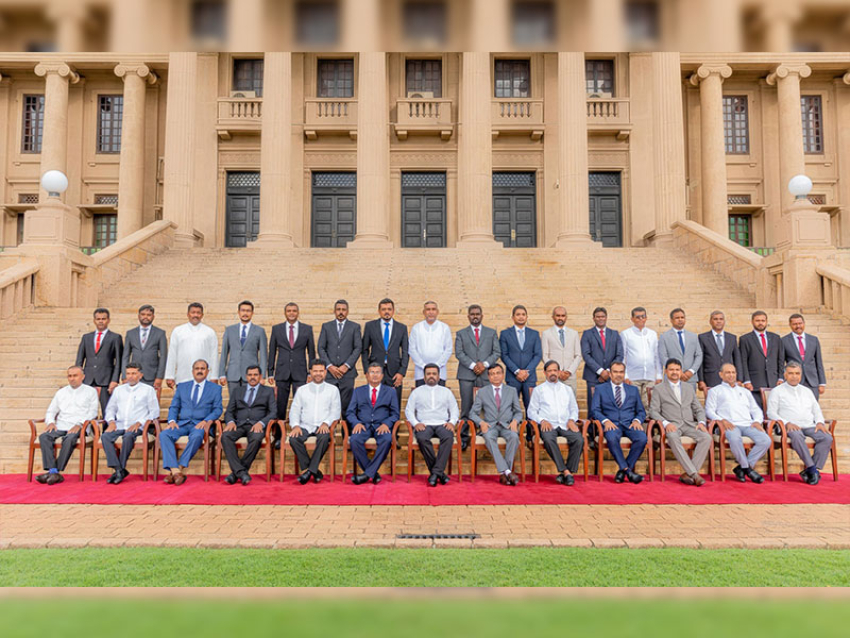An appropriate cadre of the public service is an essential component in maintaining a satisfactory performance of the role assigned to the public sector. In the post 2005 period, steps have been taken to address cadre needs of the public sector, following the erosion in public service delivery system due to recruitment embargo that was in force during the previous two decades to trim public services. In the context of rural centric development emphasis in Mahinda Chintana Vision for the Future, the expansion of education, health, agriculture and relevant extension services was a priority to facilitate the development objectives.
According to the report the actual number of posts utilized is 91 percent out of the total approved cadre of the public sector which is 1,433,600 in 2013, due to shortage of qualified applicants for some posts and administrative and procedural delays in the recruitment process, etc.
Evolution of the cadre has been diversified due to the policy decisions taken in time to time related to the public sector employment. Structural Policy Adjustment system has been introduced to the cadre of the public sector during the period of 2001-2002 by focusing the market driven economic policy. Accordingly the anticipated public sector employment is 450,000 by 2013. By 2003, there were only 633,729 employees in the public service. i.e. public sector employees except the State Owned Enterprises and State Banks. However, under the government policy framework, the development process has been accelerated and public sector employment also expanded simultaneously since 2004.
Being a conflict affected country, an intensive recruitment of security personnel occurred during the period of 2005-2013. Moreover, 21 percent of the total recruitment is teachers while 17 percent is Development Officers. This policy immensely contributed to minimize the unemployment rate and youth unrest of the country. (KH/SI)




















